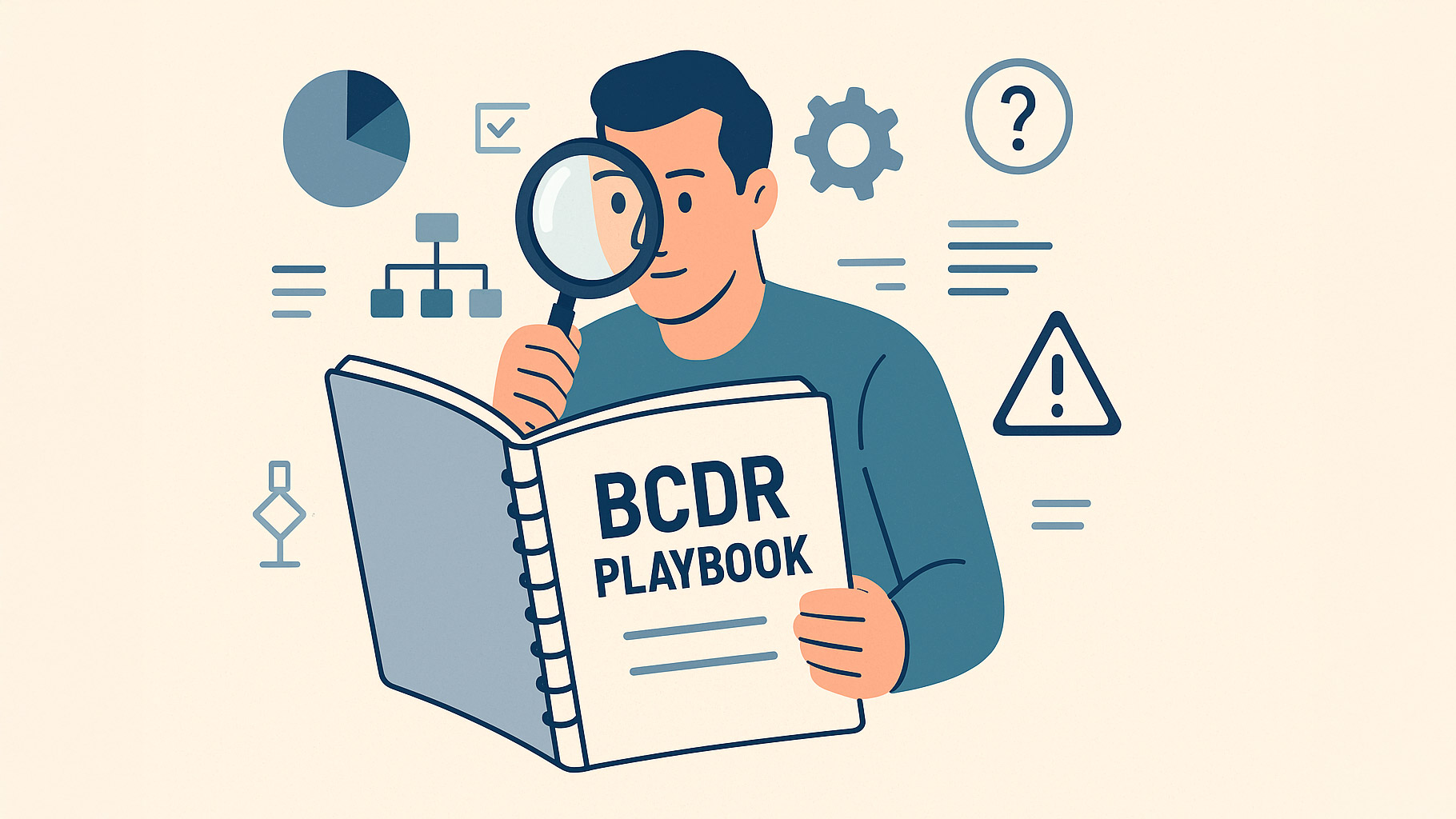“Sell” is a four-letter word to many because building a well-defined sales process that predictably converts leads into paying customers can be incredibly challenging.
The first step is to examine each lead, according to Jennifer Bleam, CEO of MSP Sales Revolution.
“Not every lead that comes in is qualified to take your time,” said Bleam, author of the book “Simplified Cybersecurity Sales for MSPs.” “You need to ask questions such as ‘are the prospects ready to make a move?’ and, ‘Do you have access to the decision-makers?’”
Scott Beck, CEO of cybersecurity-focused MSP BeckTek, said even on his first call, he talks more about business than computers. “I actually ballpark price by saying, ‘Customers like you are spending X. Should we continue?’ to make sure we’re in the right range.”
To get an appointment with the decision-makers, Beck said his company offers an assessment. “We show them where they’re exposed and our plan to close them up.” He then sets a discovery appointment to begin an assessment.
Other top-of-funnel strategies include focusing on areas where your business already has clients, noted David Javaheri, president and CEO of security company Direct IT. “For us, that’s attorneys, because we service multiple firms. We talk to our clients about other firms we can help. Referrals are the best leads.”
If the referred firm is happy with its current IT company, he passes. “That’s a long closing process,” Javaheri explains. “We close much faster when we don’t have to prove to them their current IT support company is bad.”
Nurturing a Qualified Lead
When a lead comes in, Bleam said it’s important to act fast. “Start the follow-up immediately,” she advised.
Your first step should be a phone call, then begin “ongoing nurturing” with an email sequence and webinar invitations, she said. “You have to show up in the world of the prospect.”
Javaheri follows a strict, seven-step approach for attaining new leads. “We send a letter or postcard to the right contacts first and call them on the day the letter arrives.”
He follows up with an email about his company’s services, and then puts the prospect on his newsletter list. That newsletter features helpful tech tips and is distributed to existing clients as well, Javaheri said.
“When we invite them to webinars on subjects like MS Teams and tips on Outlook, they usually join and bring coworkers.” This process sometimes takes several months, Javaheri said, so be patient and persistent. He sends letters or postcards each month but doesn’t always call.
Meanwhile, Beck said as part of his qualification process, he learns all he can about the prospect to make sure they’re a suitable candidate for his services, and if the prospect appreciates technology and the value it brings to business.
“If they’re not a fit, I refer them to other providers. Also, we have a strict ‘no a**hole’ rule. I’ve had to tell people we’re not right for them. Sometimes they redeem themselves, sometimes they don’t.”
When the prospect agrees to a meeting, whether in six days or six months, be prepared as the discovery meeting is crucial, Javaheri said. “That’s more important than the closing.”
He typically brings social proof in the form of testimonials, some of whom have been loyal customers for 20 years. He keeps the focus on the business, not his services. “My goal is to increase their bottom line,” Javaheri said. “Fixing their IT problems is a given.”
He often will ask why the prospect is unhappy with their current provider, and even plays Devil’s advocate by defending the incumbent, allowing the prospect to bring up multiple failures and emphasize why they’re searching for a new provider.

David Javaheri
Javaheri also has the prospect list their top three concerns, and if money is not one of them, he brings it up. “I’m looking for high-value clients, and if I connect better IT services to improving their revenue, they’ll become a high-value client.” Javaheri’s primary goal is to listen, which he spends 80% of his time doing compared to 20% speaking, he explained.
It’s important to show you can add value to the prospect, Bleam added. “Take their blinders off and show why they need to change.” You can leave high-level information but avoid pushing a proposal at the first meeting, she advised. Too many MSPs say, “Here’s a proposal. Call me,” she said.
Beck said strong prospects put skin in the game by meeting with him and ordering a network assessment. “If they’re adamant they want just one problem fixed, we’re not a good fit.”
Closing the deal
At the follow-up meeting, Beck said he builds his presentation around the assessment results. “I focus the sales talk on the C-suite people because I learned trying to answer the IT person fully will bore the executives.”
He assures the IT person they’re not after his or her job but will be there to help if an issue arises.
Bleam added that it’s important to add “social proof,” to the proposal, such as testimonials. “I see it on websites, but almost never in a proposal.” Use customer comments and case studies to emphasize you have clients just like them that you already help.
Javaheri focuses his proposals on the shortcomings of the current IT provider, which is usually security. “Our proposal starts with security improvements, or how we handle backups.”
He also adds services that few MSSPs offer, such as training on Microsoft applications. “We promise them increased sales and increased productivity helps that.”
Since 47 states now mandate security training, Javaheri includes that as well. He does not charge heavy onboarding costs on day one, nor for major products or backup systems. “We have to learn each client’s need and budget for backups,’’ he said. “A financial company requiring four hours to restoration needs a different system than a client who can wait 72 hours.”
Common objections
Of course, clients sometimes will balk at an MSP’s proposal.
Javaheri maintains that in his case, “Pricing shouldn’t be a problem because we learned their budget range earlier, and we added features their current IT group didn’t do for them.”

Scott Beck
Meanwhile, Beck hears three common objections to moving forward in the sales process:
- The proposed cost is too high.
- We need more time to consider.
- We’re fine with the status quo.
“We address those using our assessment findings and the dollar range discussed earlier,” Beck said. If he skips a step in his process, like forgetting the financial conversation, the path to success is harder, he said. “I explain we’re less expensive than hiring more staff, or they can live with the risk.”
Meanwhile, Bleam reframes objections into gifts. “They’re an invitation to explain yourself to a prospect who’s interested and paying attention.”
After the proposal meeting, Javaheri sends a thank you box to close the deal. It includes a bottle of wine, a copy of his book on cybersecurity, and a video of him discussing the proposed relationship.
“I make them three promises: I’ll keep them above and beyond common security standards, provide excellent response times, and make them money,” he said. Each box costs him $70, and his closing rate is 70%. He also continues the regular connections through automated emails and webinar invitations.
After closing a sale, Bleam also suggested immediately sending a welcome package. “It can include branded swag or something fun for the office, like a pizza party or edible arrangement. Welcome them to your family.”
Javaheri said he nurtures the new relationship by focusing on business, not technology. He also reaches out proactively to existing clients. “I call my top 30 business clients every month, ask how they’re doing, talk about other clients they could help or could help them, and ways to improve [their] business.”
He also asks for referrals on every call. The rest of his nearly 300 clients get monthly emails with business tips and helpful advice.
“Don’t think of sales as icky,” Bleam advises her clients. “If you solve problems for your clients, it’s your job to find other companies you can help.”
Image: iStock













